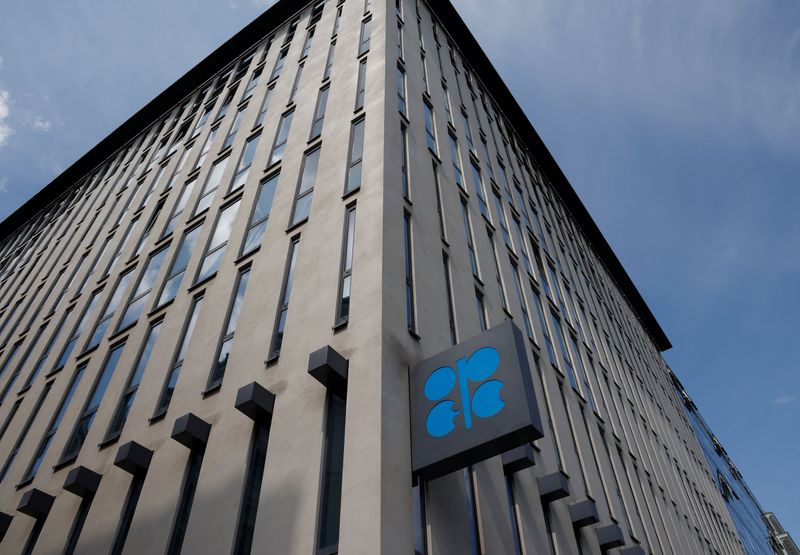Commodities
What will the US elections bring for the US dollar and gold prices?

Investing.com — As the U.S. elections on November 5 approach, financial markets are keenly attuned to any shifts in economic policies that might affect the dollar and prices. If one party wins the presidential election, varying scenarios are likely to unfold regarding these key assets.
“The US dollar has a dual character meaning it has a cyclical nature, while also being the ultimate safe haven currency,” said an economist at ABN AMRO (AS:) Bank in a note.
This duality means that in times of strong economic growth—particularly when growth outpaces inflation, real interest rates are positive, and fiscal and current account balances are improving—the dollar tends to rally.
However, in periods of extreme market stress and liquidity shortages, the dollar’s role as a safe haven becomes paramount, driving its value up as investors seek stability.
A Democratic victory in the upcoming election, whether partial or full, is expected to have a limited impact on the U.S. dollar. As per ABN AMRO Bank, under a Democratic administration, inflation is likely to decrease, but policy rates may decline even faster, leading to a reduction in real rates, which is typically negative for a currency.
While a slight deterioration in the fiscal balance might exert some downward pressure on the dollar, the overall impact is anticipated to be modest, resulting in a relatively stable dollar with only minor fluctuations.
In contrast, a Republican victory could lead to increased volatility for the U.S. dollar. At first, the dollar may experience a boost, fueled by expectations of stricter trade policies, such as the introduction of tariffs, which could enhance the trade balance.
The combination of rising inflation and faster interest rate hikes compared to other nations would further support the dollar’s strength.
However, this initial surge is likely to be temporary. As the broader economic impacts of these policies become apparent, the dollar could see a decline over the longer term.
In a scenario where a Republican administration implements widespread tariffs—a “Hard Trump” scenario—the resulting divergence between U.S. and European monetary policies could be among the most pronounced since the euro’s launch in 1999.
This scenario could result in a depreciation of the euro relative to the dollar, potentially driving the exchange rate below parity.
However, as market sentiment stabilizes and the negative consequences of these policies begin to impact the economy, the initial strength of the dollar could reverse, leading to a phase of marked dollar weakness.
Turning to gold, this precious metal has traditionally been viewed as a safe haven, especially during times of economic uncertainty.
However, the dynamics of the gold market have evolved in recent years, particularly with the rise of gold ETFs, which have made gold more of a speculative asset, heavily influenced by investment flows, U.S. dollar movements, and real interest rates, rather than merely by its traditional role as a safe haven.
If the Democrats win, “we think the gold prices could be very modestly supported because we expect a modest decline in or a neutral dollar and some lower real yields. We expect gold prices to stay around USD 2,500 per ounce,” said an economist at ABN AMRO Bank.
Conversely, a Republican victory, particularly one that leads to the implementation of widespread tariffs, could create a more complicated scenario for gold.
In the early years of such an administration, rising inflation and increasing interest rates could bolster the dollar, potentially driving gold prices below their 200-day moving average, possibly down to $2,000 per ounce.
However, as the dollar’s initial strength fades and real interest rates decrease, gold is likely to rebound, with prices potentially exceeding the highs reached earlier in 2024.
Commodities
Oil prices rise; U.S. crude inventories plunge, Russia-Ukraine truce eyed
Commodities
India’s Reliance to stop buying Venezuelan oil over US tariffs, sources say
Commodities
Oil prices climb on Venezuela supply worries

 Forex3 years ago
Forex3 years agoForex Today: the dollar is gaining strength amid gloomy sentiment at the start of the Fed’s week

 Forex3 years ago
Forex3 years agoUnbiased review of Pocket Option broker

 Forex3 years ago
Forex3 years agoDollar to pound sterling exchange rate today: Pound plummeted to its lowest since 1985

 Forex3 years ago
Forex3 years agoHow is the Australian dollar doing today?

 Cryptocurrency3 years ago
Cryptocurrency3 years agoWhat happened in the crypto market – current events today

 World3 years ago
World3 years agoWhy are modern video games an art form?

 Commodities3 years ago
Commodities3 years agoCopper continues to fall in price on expectations of lower demand in China

 Economy3 years ago
Economy3 years agoCrude oil tankers double in price due to EU anti-Russian sanctions























